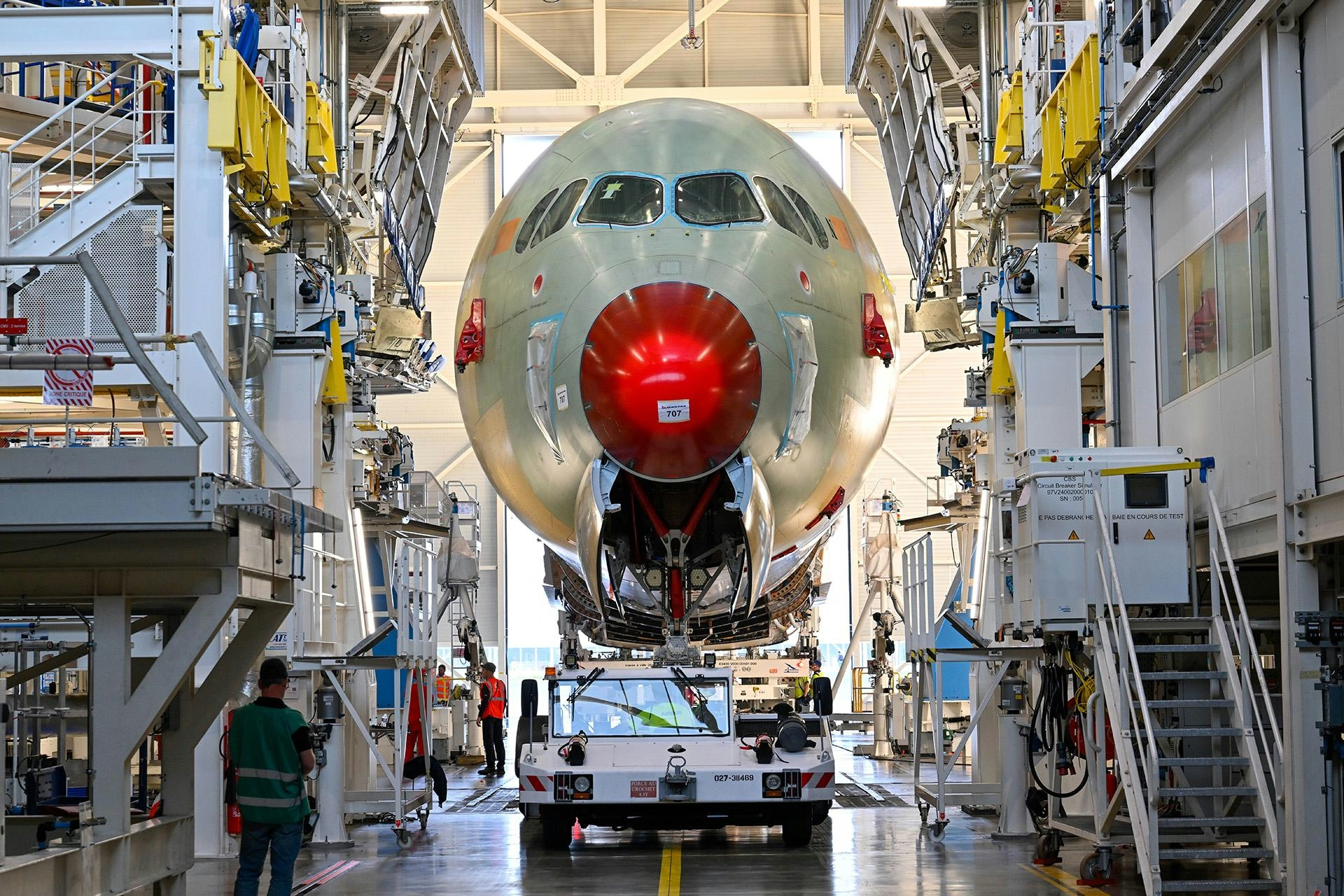
AeroGenie — Your Intelligent Copilot.
Trending
Categories
Cabin Interior Delays Continue to Affect Jet Deliveries
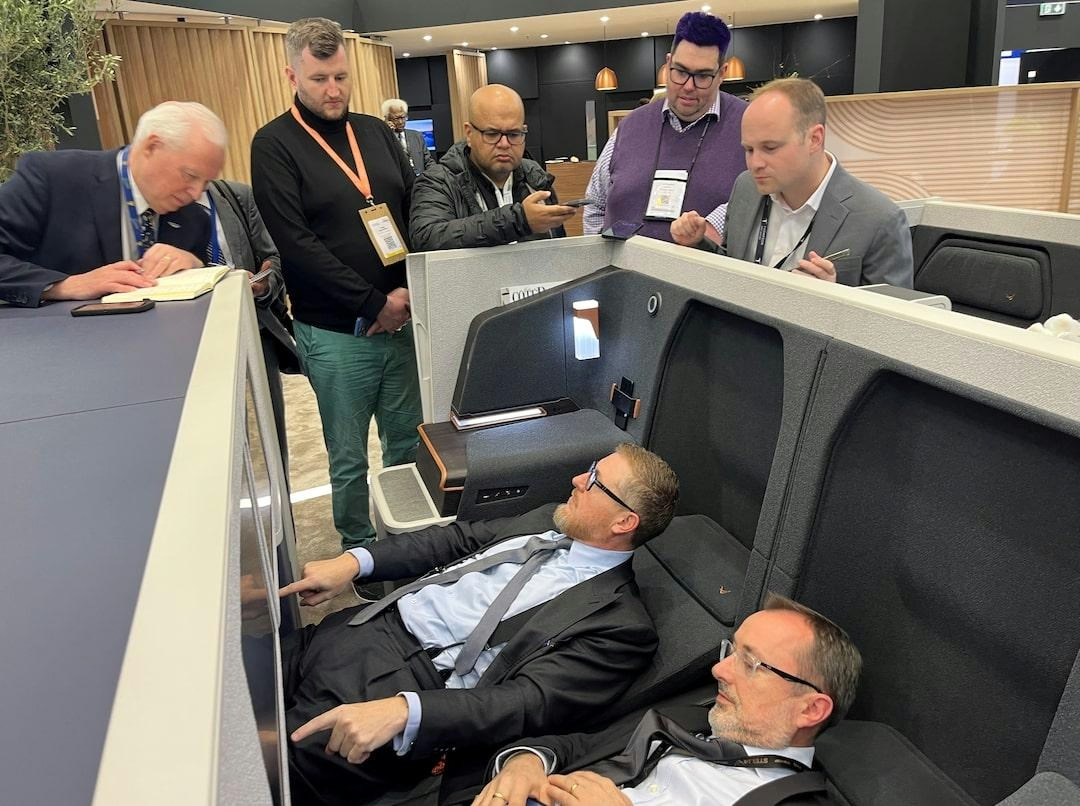
Cabin Interior Delays Continue to Affect Jet Deliveries
The aviation industry continues to grapple with persistent supply chain challenges that are significantly disrupting the delivery and entry into service of new aircraft. Among the most critical bottlenecks are delays in manufacturing cabin interiors, including seats and other essential components. These setbacks are not only slowing the delivery schedules of both commercial airliners and private jets but are also contributing to rising costs across the sector. Industry estimates suggest that these disruptions could cost airlines more than $11 billion in 2025, as carriers are compelled to extend the operational life of older, less fuel-efficient aircraft, thereby incurring additional expenses related to fuel consumption, maintenance, and leasing.
At the recent RedCabin Business Jet and VVIP Interiors Summit held in Vienna, a broad spectrum of industry stakeholders—from cabin designers to materials suppliers—convened to address these ongoing supply chain issues. The summit provided a platform to explore strategies aimed at mitigating persistent bottlenecks and improving the resilience of the cabin interiors supply chain.
Private Aviation: Rising Expectations and Operational Agility
In the private aviation sector, demand remains strong, with new business jet deliveries expected to grow by approximately 3% annually over the next decade. Natalie Rodríguez, founder of Natalie Rodríguez Luxury Design in San Antonio, highlights a notable shift in client expectations driven by a culture of instant gratification. She explains that many clients now expect rapid turnaround times, influenced by the convenience of “one-click” services prevalent in everyday life.
Rodríguez stresses that success in this environment depends heavily on a thorough understanding of the supplier landscape and the capacity to adapt swiftly when availability issues arise. For highly customized or specialized requests, longer lead times are anticipated, and managing client expectations accordingly has become essential. She notes that the challenge is less about a scarcity of options and more about maintaining responsiveness and operational agility in the face of supply constraints.
Commercial Aviation: Complexity and Coordination Challenges
The commercial aviation sector faces its own set of challenges, largely due to the complexity and scale of modern cabin designs. Daniel Baron, founder of Tokyo-based LIFT Aero Design, points out that a typical long-haul business-class seat comprises nearly 100 distinct components sourced from multiple suppliers around the world. Every detail, from fabric patterns to the color and texture of wall panels, requires numerous iterations and extensive international coordination.
This process is further complicated by the necessity of shipping physical samples internationally for testing and approval, which adds both time and logistical complexity. While trade events such as the Aircraft Interiors Expo and RedCabin’s summit series offer valuable opportunities for hands-on evaluation, Baron emphasizes that “there is no substitute for hands-on prototyping.” Structural challenges, including limited warehousing capacity and protracted design development cycles, continue to hinder progress.
The impact of these delays is evident in airline operations. Major programs like Boeing’s 777X have experienced repeated setbacks, causing frustration among key customers such as Emirates, which has placed orders for over 200 aircraft. As a result, many airlines are reevaluating their fleet strategies and opting to extend the service life of older aircraft, thereby exacerbating operational costs.
The Imperative for Education and Adaptation
Industry experts argue that addressing these challenges requires educating senior management and clients about the inherent complexities of the cabin supply chain. Baron observes that executives at new airlines or those unfamiliar with the industry often underestimate the intricacy involved, noting that the cabin “puzzle” consists of numerous custom-manufactured components. Even in the absence of current supply chain disruptions, the cabin interiors sector operates in a manner distinct from other industries, making awareness and adaptability crucial.
As the aviation industry continues to navigate these ongoing challenges, responsiveness, collaboration, and a willingness to adapt remain essential to overcoming delays and delivering the differentiated cabin experiences that underpin brand loyalty.
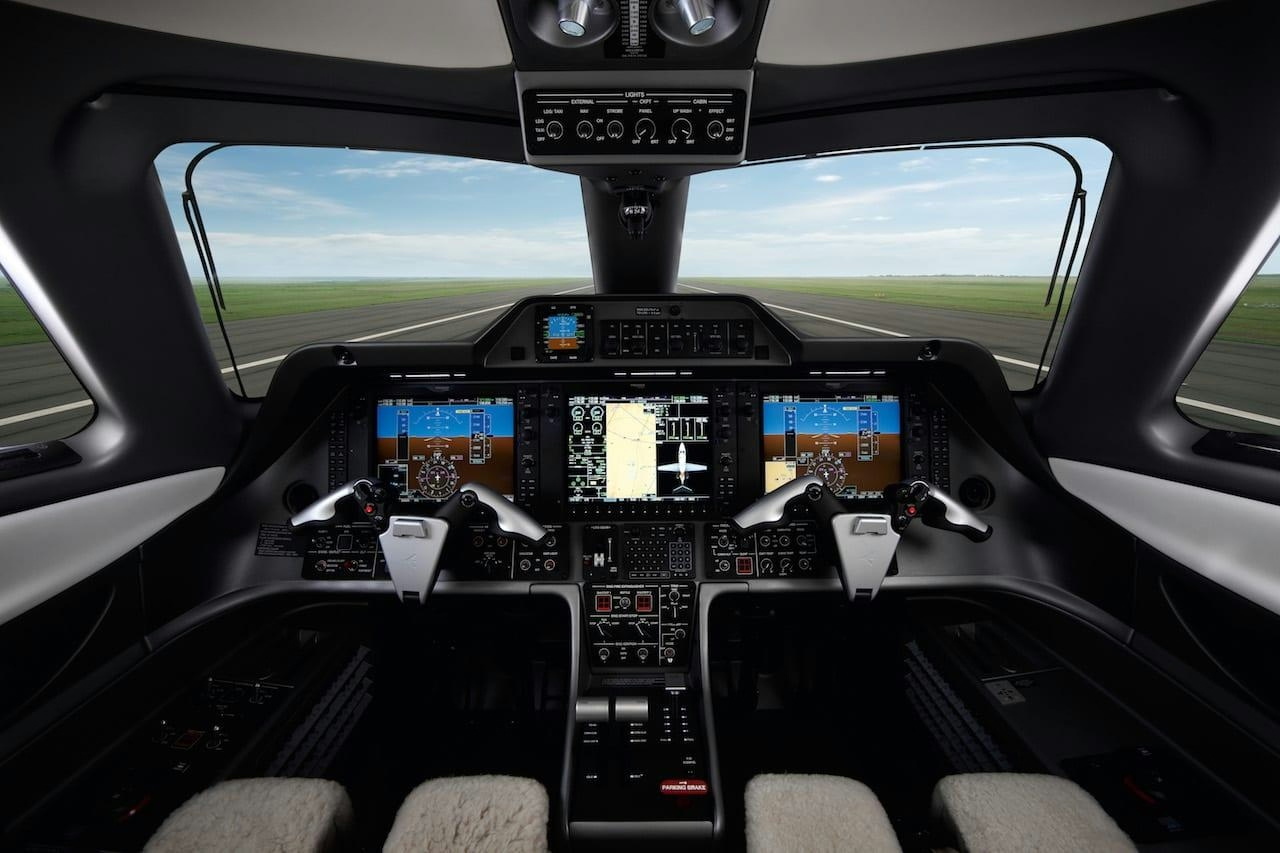
Embraer Unveils AI-Driven Smart Planning Solution
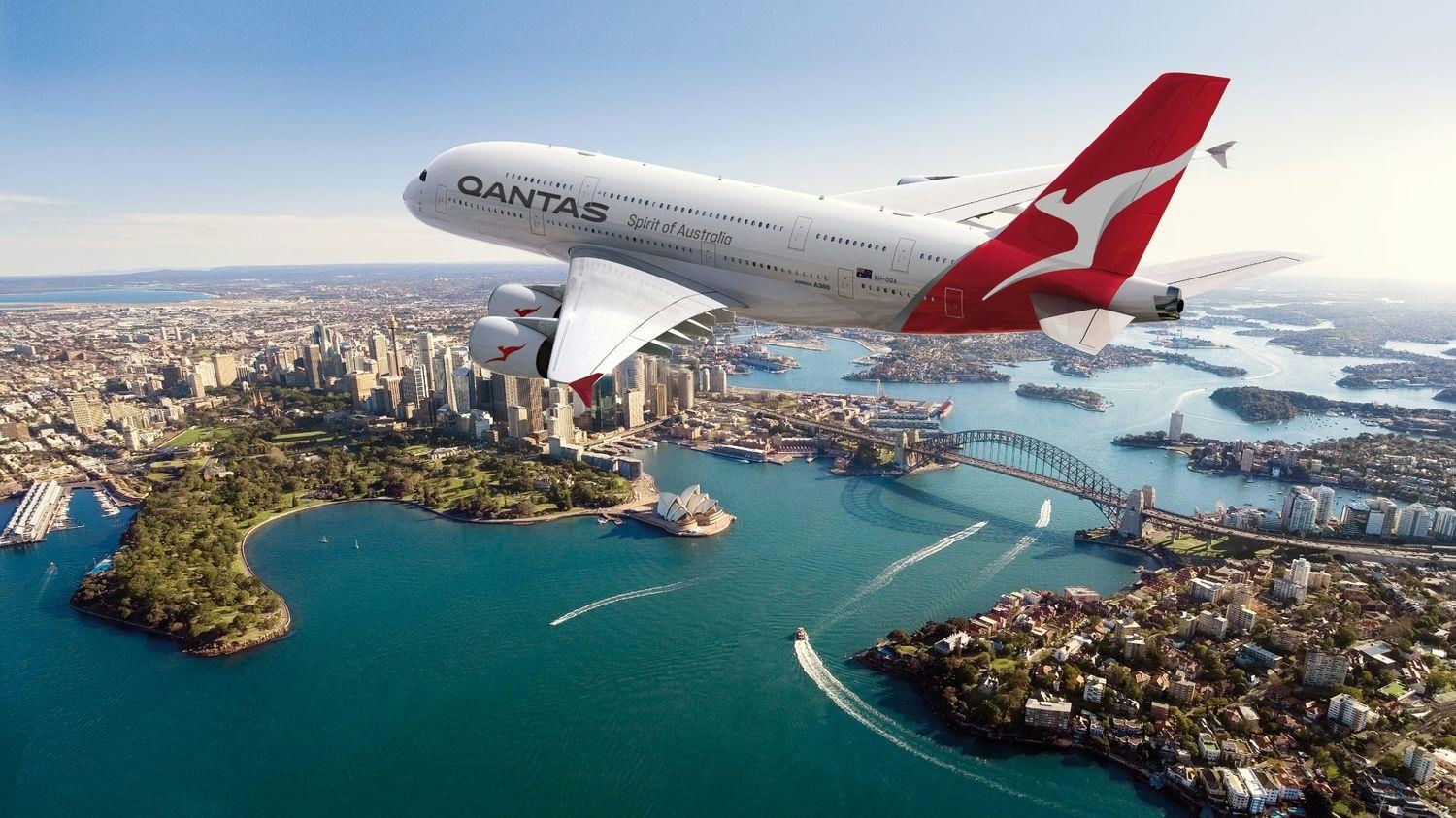
Qantas Returns A380 to Service
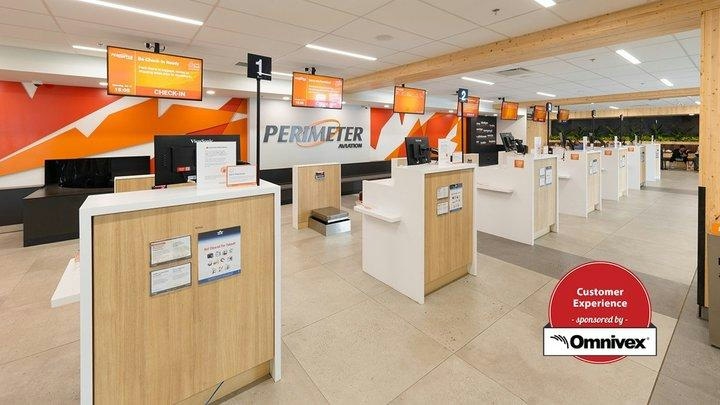
Perimeter Aviation Adopts Omnivex Software to Enhance Communications

AAR Names Sarah Flanagan Interim CFO
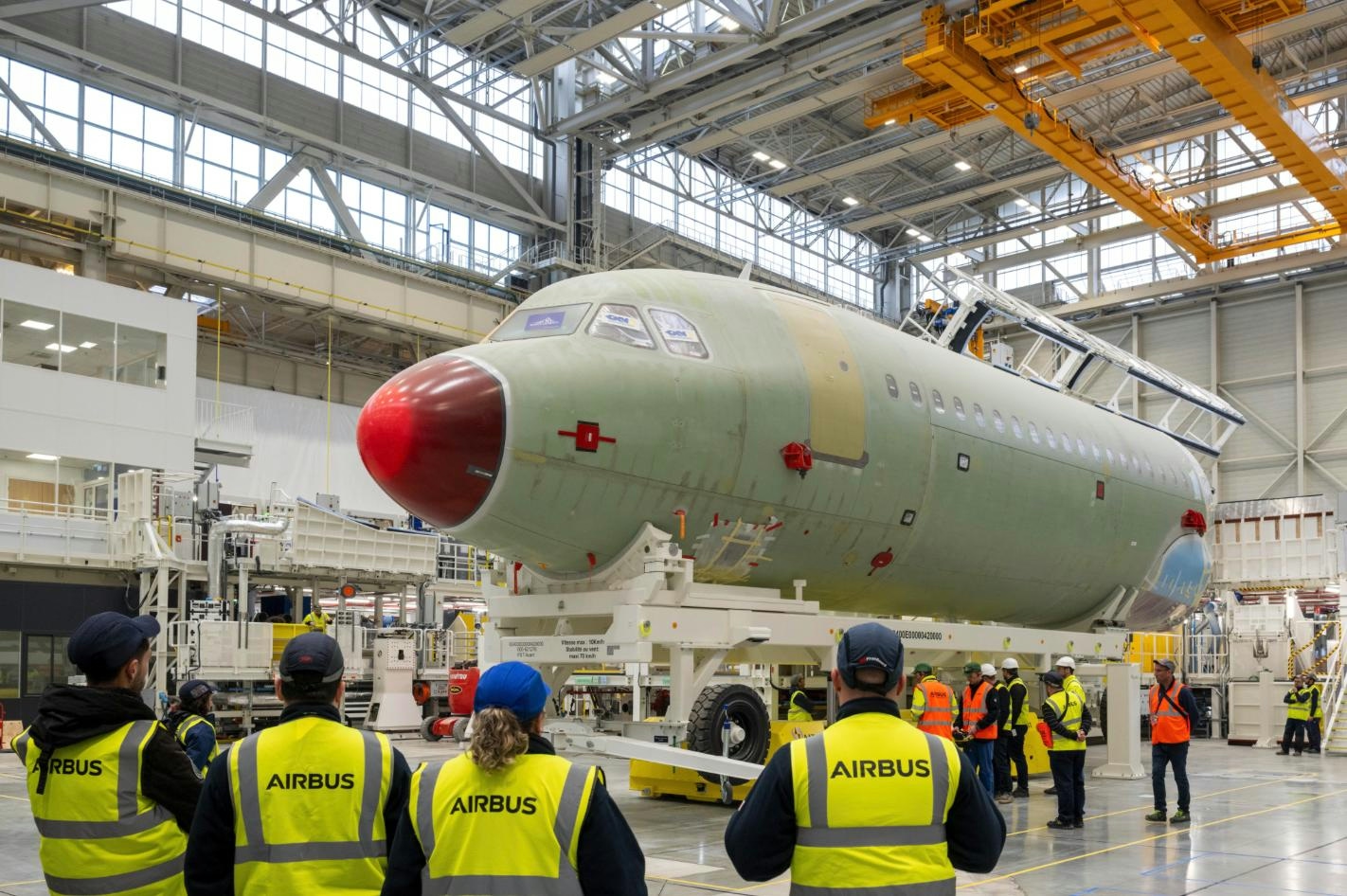
Airbus Reports Drop in November Deliveries
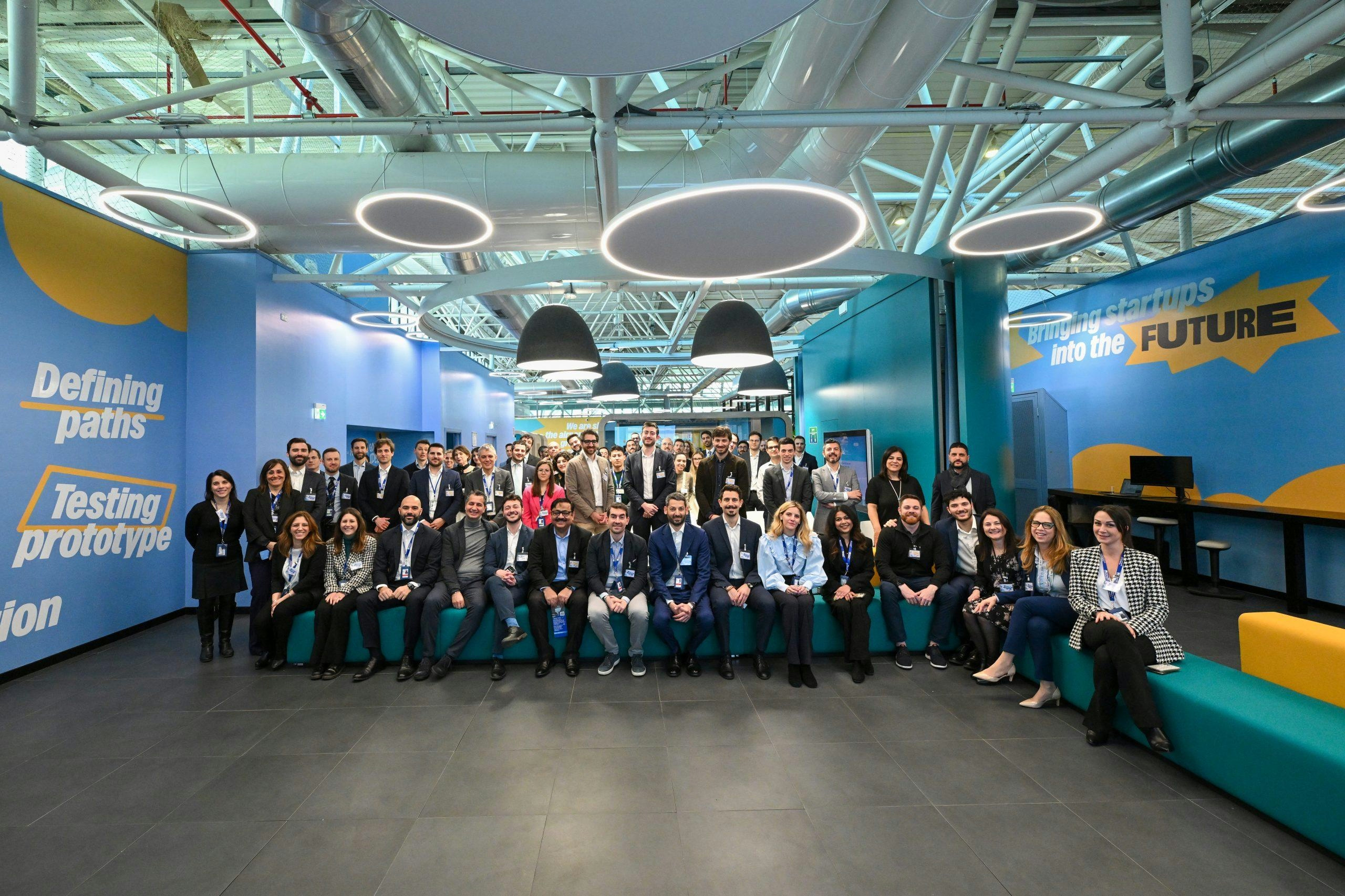
ADR Launches Fourth Call4Startups Edition at FCO Innovation Hub
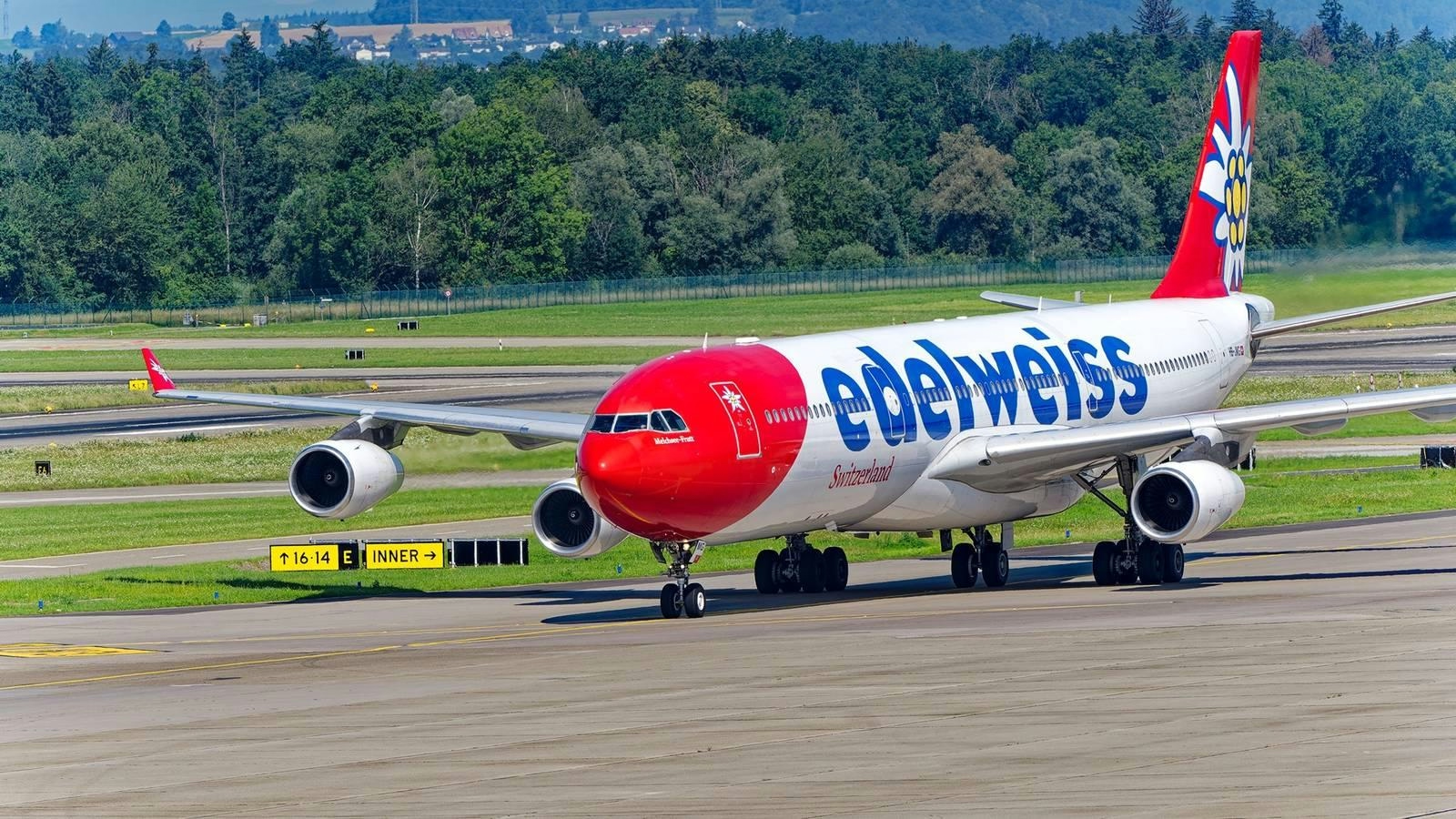
Edelweiss Repairs Airbus A340-300 Engine After Bird Strike in Zurich

Certified Aviation Services Appoints Richard Morris as Director of Quality Training and Safety
